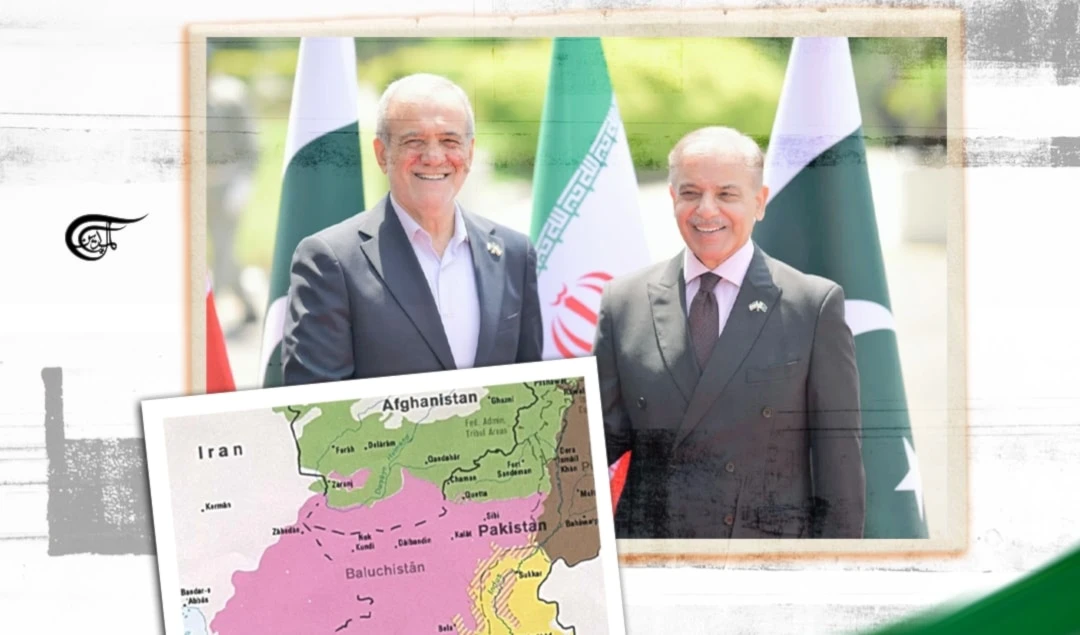Afghanistan's economic boom: Fact or fiction?
The export to the US is just the most recent claim in a long list of Taliban attempts to soften the country's image and divert attention away from pressing issues like human rights, women's empowerment, education, militancy, and extreme poverty.
Zabihullah Mujahid, a spokesperson for Afghanistan's interim government, tweeted last week that Afghanistan had sent a shipment of locally made non-alcoholic beverages to the United States. He revealed a plant in Herat sent the pomegranate soft drinks to the US and shared photos of the shipment on the microblogging site but provided a few other details on the Taliban's first non-traditional export to the US.
However, a representative from Pamir Cola Company, a facility that claimed to have transported non-alcoholic drinks to the US, told the reporters that 45 tons of pomegranate juice drinks had been shipped to the US in two containers. He further stated that the same substance was also shipped to countries, including Germany, Iran, the United Arab Emirates, Kazakhstan, and other Central Asian nations. Afghanistan's Ministry of Industries Spokesperson, Akhundzad Abdul Salam Javad, praised the development as a significant step forward for the industrialization of a region plagued by infighting among Afghan groups and the bloodbath perpetrated by US and NATO forces in the wake of 9/11.
Past claims
The export to the US is just the most recent claim in a long list of Taliban attempts to soften the country's image and divert attention away from pressing issues like human rights, women's empowerment, education, militancy, and extreme poverty.
Earlier in January this year, Zabihullah posted a video showcasing what he called Afghanistan's first supercar, which he said was manufactured by Afghan engineers in collaboration with the Afghanistan Technical Vocational Institute (ATVI). The indigenous Mada 9 automobile, which was displayed in Kabul, was believed to have utilized a modified 2000 Toyota Corolla engine. Nevertheless, the particular details and maximum velocity of the car have not been disclosed as yet. The automotive prototype, referred to as Mada 9, was meticulously constructed by Entop, a corporate entity, over five years. The development process involved the collaborative efforts of a group including 30 engineers and designers hailing from the esteemed ATVI.
"This particular vehicle stands apart from other global products of the same specification due to its origin in Afghanistan, a nation historically marked by conflicts, calamities, and suffering. Moreover, its appearance is distinct from any other entity because it is firm and lightweight," Ghulam Haidar Shuhamat, the head of ATVI, was quoted by the media as saying during its launch.
However, seven months on, this supercar has become history, and the Afghan automobile industry did not divulge further developments concerning production, modification, specification, and sale, which indicates that it was a publicity ploy by the Afghan rulers to give the impression that the Afghan economy is doing well even without the world’s support.
Fictional economic upswing
The Afghan government asserted multiple instances of a fictitious economic and industrial upturn, but the facts on the ground do not support these claims. The faltering economy, rising unemployment, escalating poverty, and the Taliban's inability to establish an inclusive government representing all social, linguistic, religious, and racial divides disprove grand claims.
It is evident that following the withdrawal of the United States in 2021, other nations declined to engage with the Taliban in Kabul, leading to the withholding of foreign subsidies and assistance. In December 2022, the situation experienced a further decline as the Taliban implemented a prohibition on Afghan women's employment within non-governmental organizations (NGOs).
Last month, female personnel employed by the United Nations in Afghanistan were confronted with a distressing dilemma over the continuation of their assistance efforts. In a report released by the United Nations in April, it was asserted that a significant portion of the Afghan population, approximately 34 million individuals, is experiencing poverty and lacks access to sufficient resources. According to estimates by the International Monetary Fund (IMF), the country's economy contracted by 20 to 30 percent within a single year after the Taliban came to power. In addition, during the period between October 2021 and January 2022, over one million Afghans sought refuge outside of their own country.
In contrast to the projections made by international agencies regarding the Afghan economy, the Afghan government's economic affairs department reported in March of this year that Afghan exports experienced a significant increase of 63%, reaching a total value of $1.9 billion. Notably, the main imports from various countries, such as China and Pakistan, were linen textiles, while the exports primarily comprised dry fruit and carpets.
Afghan-US bilateral trade
The US does not impose any restrictions on doing business with Afghanistan until a government of its choosing remains in power. Although the issuance of a new General License (GL) through the Office of the Treasury last year was primarily concerned with humanitarian assistance in Afghanistan, it also gave some impetus to bilateral trade relations between the two nations.
The purpose of the new license was to extend the range of permitted business and financial dealings in Afghanistan to include contact with the country's governing bodies. The GL's principal goal is to ensure that transactions and activities essential to delivering aid and satisfying the basic human needs of the Afghan population are not impeded or hindered by the application of US sanctions.
It seeks to facilitate the free flow of humanitarian supplies and commercial and financial operations in Afghanistan while at the same time restricting the resources available to the Taliban, the Haqqani Network, and other actors. The GL will ensure that Afghanistan's commercial and financial operations will not be harmed by US sanctions.
The political climate in Afghanistan may be unstable, but it hasn't disrupted business between the US and Afghanistan so long as the US is in the driving seat. In 2021, when a puppet US-backed government was in power, the value of Afghan exports to the US was $21.2 million. Afghan exports included grapes ($1.88 million), precious stones ($2.07 million), and knotted carpets ($7.32 million). Dried fruit and nuts including almonds, walnuts, pistachios, herbal spices, and veggies including ginger, saffron, turmeric, thyme, and others were also exported to the US. Afghanistan's exports to the US have grown from $5.5 million in 1995 to $21.2 million in 2021, a growth rate of 5.32% per year.
The US also sent $224 million in exports to Afghanistan during this time. Aircraft ($103 million), rotorcraft ($11.4 million), and poultry meat ($10.7 million) make up the bulk of exports to Afghanistan. From $3.62 million in 1995 to $224 million in 2021, US exports to Afghanistan have grown at a yearly pace of 17.2 percent.

 F.M. Shakil
F.M. Shakil
 7 Min Read
7 Min Read












